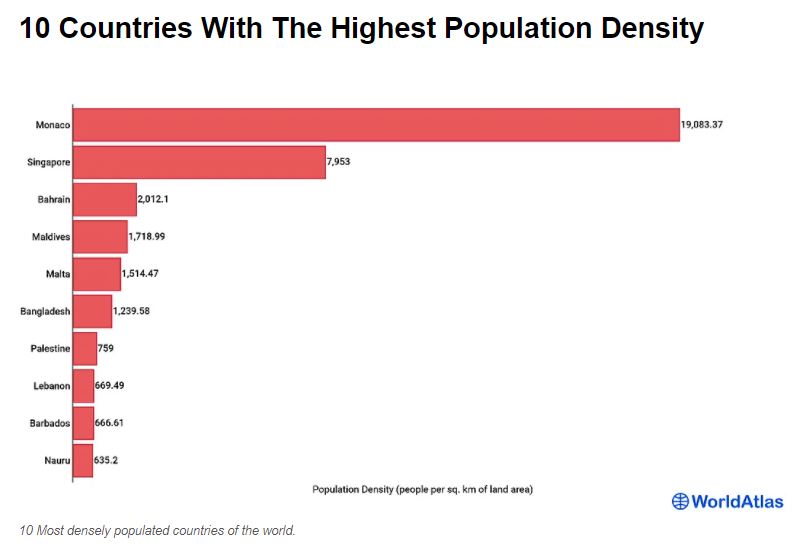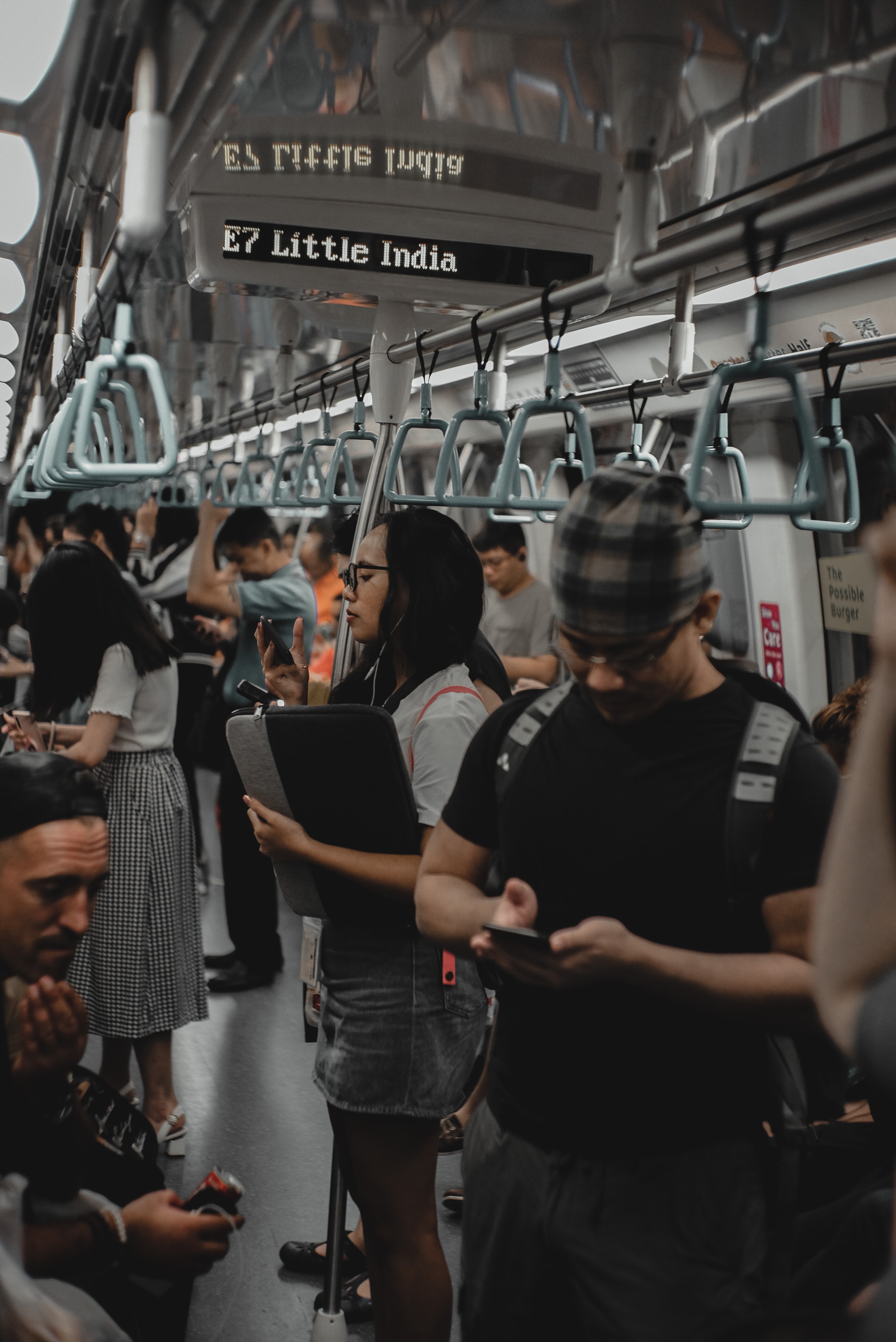Fill me in
That Singapore is densely populated should come as no surprise. Every morning, commuters pack themselves like sardines into train cabins to travel to work. The more fortunate ones among us find ourselves sitting in the comfort of cars but stuck in peak hour traffic that will take us twice as long to get to any destination. Every weekend, the central town area of our city state swarms with hordes of eager shoppers and families. Wherever you go in Singapore, you can never truly escape the people.
So yes, Singapore is indeed densely populated, and it seems that we’re well on our way to attaining yet another podium finish (on top of having the best airport in the world, coming in second for the world’s most powerful passports, and having the most competitive economy). According to the WorldAtlas‘ latest updates, Singapore is in fact the most densely populated country in Asia, and second in the world on this count!
What is population density?
Population density is defined as the number of people living within a unit of area. It is calculated by dividing the total population living within a given land area (be it within a region, country, or city), by the size of said area.
A few factors can influence population density, including physical factors such as climate and the availability of resources and energy, as well as human factors such as economic, political, and social conditions. There are a few factors that impact population density. Physical factors like climate and availability of resources and energy. The other factor is human and these include economic, political and social conditions.
Understanding the population density of a given space helps the relevant authorities with their economic and social planning, as it informs the amount of resources that needs to be allocated to each area. For example, locations with high population densities will require more resources than those that are more sparsely populated, due to a higher demand within these areas.
Which is the most densely populated continent?
It comes as no surprise that Asia has the highest population density, as it includes two of the most populous countries in the world – China and India. Coming in second and third respectively are Africa and Europe.
What about the most and least densely populated country?
Monaco takes the crown for having the highest population density, with over 19,000 people per square kilometre of land area. This is more than double that of Singapore, which comes in second at nearly 8,000 people per square kilometre.

On the other end of the spectrum lies some of the most sparsely populated countries in the world,
While some of the world’s most crowded countries are also some of the smallest countries by area, there are others with vast land but small population size. Using Namibia as an example, it is the second most sparsely populated country. With a land area of 823,290 km2, it is the world’s 34th largest country by area and the second most sparsely populated country. As mentioned earlier, climate is one of the determining elements in population density and most of these sparsely populated countries are located in places with adverse weather conditions, making it unsustainable for human survival, hence their low population density.
Asia’s Most Populous Country
Whilst Singapore is the world’s second most populous country, it comes out top in Asia. We have 8,000 people per km2. with high immigration rates contributing in part to this high number and our land size of only 716 km2.

To put things into perspective, Japan is 25th on the list with a population density of only 347 people per km2.
Dense, but Liveable
With Singapore’s population projected to increase in the next decade or so, our population density will inevitably rise with it
Dense though it may be, Singapore has still done a stellar job at maintaining a decent quality of life for its residents. While we may complain about longer travel times and squeezy commutes, these problems are only slight inconveniences and does not greatly hamper our way of life, something we can all be thankful for.
Join the conversations on THG’s Facebook and Instagram, and get the latest updates via Telegram.












